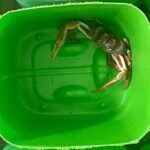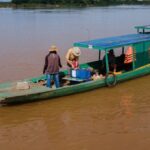Canadian Journal of Zoology
Movements of Atlantic cod living in sub-zero waters
A locally adapted resident population of Atlantic cod living along the southeast coast of Labrador, Canada, spends half its life in zero and sub-zero centigrade temperatures. John Green (Memorial University) and colleagues with Fisheries and Oceans Canada used acoustic telemetry arrays to track movements of tagged cod and unexpectedly found that these Atlantic cod stay in shallow water year-round and are as active in winter as they are during summer, swimming even greater cumulative distances during sub-zero periods compared to warmer (>0°C) periods.
How might better understanding of local adaptation improve climate change awareness and conservation readiness? “The behavioural and genomic adaptations of Gilbert Bay cod to its extreme environment, long cold winters and short hot summers, highlights the importance of discovering and conserving biodiversity in the climate change crisis we are in,” said co-author Corey Morris.
Read the paper
Microplastics and the mussel microbiome
Plastics are a major pollutant of terrestrial and aquatic environments, clogging waterways and ensnaring wildlife. However, microplastics (tiny pieces of plastic up to 5 mm in diameter, according to Fisheries and Oceans Canada) are pervasive in nearly every environment on earth – including inside living organisms. Laura Ferguson (Acadia University) and colleagues exposed blue mussels to polystyrene particles, triggering structural, immunological, and microbiome changes in mussel tissues.
What might the effects of tiny microplastics in mussel tissues mean in the big picture? “Larger-scale impacts on populations are still unclear; some of the sublethal impacts that we see could have energetic consequences that scale up to ultimately reduce fitness. Or, alternatively, the impacts we see could remain below a threshold of having any broader consequences,” Ferguson said. “But, given the pervasive nature of the microplastics, it’s pretty critical that we figure that out!”
Read the paper






